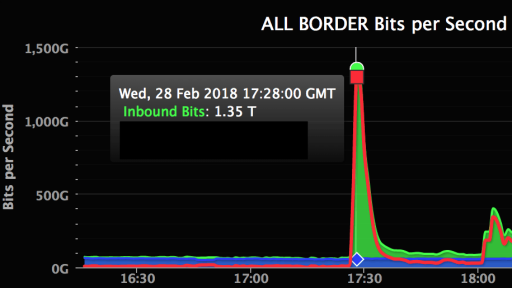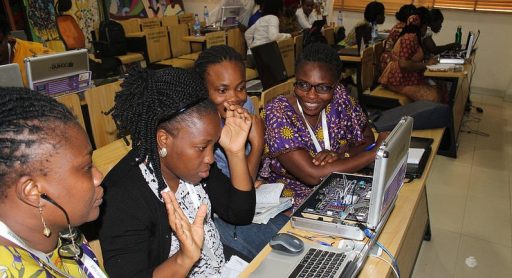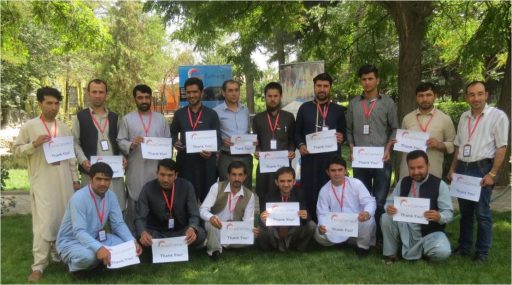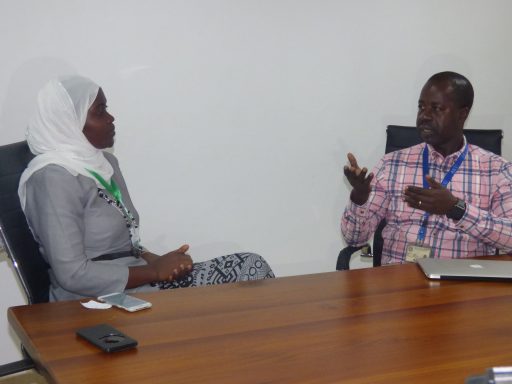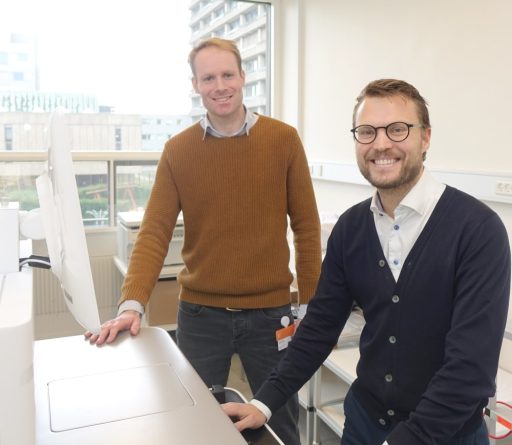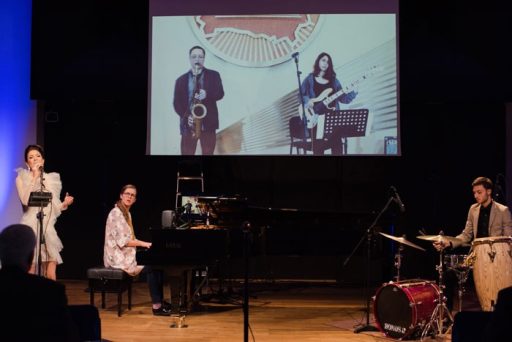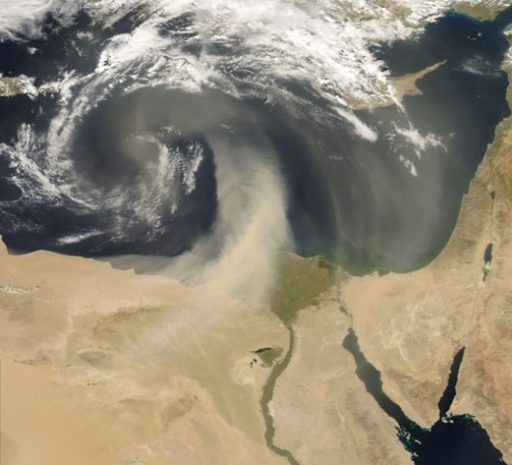As cyber attacks increase steadily in frequency and scale, the importance of defending ones own network against attackers increases as well. That is why many R&E networks have a Computer Emergency Response Team, CERT, to handle security incidents.
The West and Central African Research and Education Network is forging strategic partnerships to support women in ICT, demonstrating its commitment to opening windows of opportunities for women, historically underrepresented in STEM fields.
To study the strategies animals use to navigate the world around them, researchers analyse the behaviour of roundworms to create a model system. The project faced a number of data challenges that threatened to hold the team back from their scientific goal.
Zeus is a highly successful online voting system with ultra-high security, excluding any possibility of tampering with the result, together with guaranteeing full voter anonymity.
Minimising the brain drain and equipping the right people with the right skills is central to the efforts to re-shape the future of Afghanistan after years of turmoil. The Asi@Connect project contributes to these efforts by supporting capacity building of network engineers at universities across the country to help them ensure the smooth running of the educational process ‘behind the scenes’ and to consolidate the emerging AfgREN NREN.
In a breakthrough discovery hailed as the most significant find in astronomy since gravitational waves, astronomers in the United States have used an Australian radio telescope to detect signal from the universe’s first stars.
What does a modern teaching and learning facility that is part of a global institution of higher learning need to have to stay in touch with its partner campuses in other parts of the world?
Many scientists are still moving hard drives or USB flash drives around although they don’t need to. They have a high-speed Research & Education Network at their service, but they are not taking full advantage of the networking resources available to them. This is where the Science Engager comes in.
Without a direct connection across the Danish NREN, the national hospital Rigshospitalet would not have been able to use its new gene sequencing equipment.
‘Music Without Borders’ using LoLA low latency data transmission technology was enjoyed by Ministers and Ambassadors from around Europe and Eastern Partnership (EaP) countries.
Wonder what a Research & Education network is all about? The bright people at Norwegien R&E network Uninett have produced a marvelous little video explaining the basics of it all – in just 78 seconds. Take a look and get enlightened!
Frequent in arid regions, dust storms can have devastating effects. Powered by R&E connectivity, monitoring and simulations equip scientists to better predict them and assist authorities in issuing alerts to help people, particularly asthma sufferers, take protective action.


